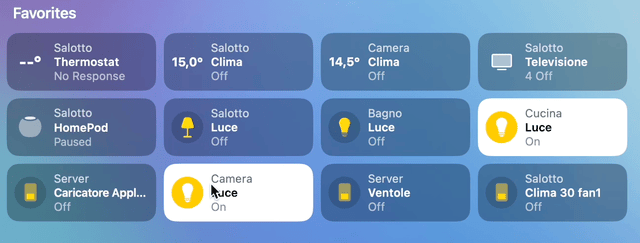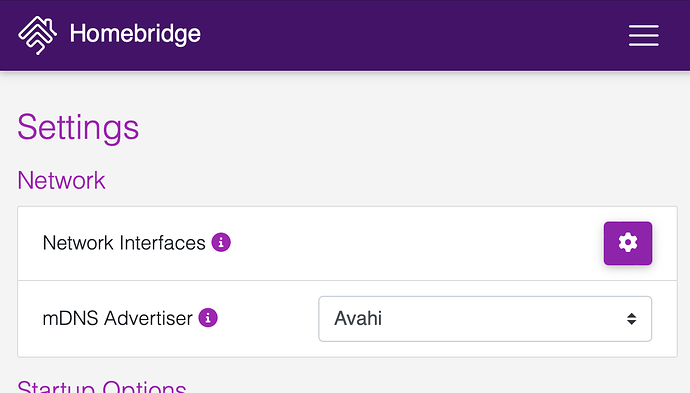Hi,
it's the n time that I try to figure out why if I isolate from my main network the IoT devices, then they are superslow to respond (like 3-4 secs to turn on/off a light), see gif below

I configured the 2.4GHz only to the IoT devices, than I created a zone for the interface like as the Guest zone, I also tried to use some firewall rules/ports (as I've read online) but they are still slow. Alexa devices or "direct devices" with their app, are working fine, only when I use the same devices via HomeKit there's this issue.
I'm using Homebridge for Apple HomeKit that is a Raspberry PI on my main LAN at port 51625.
config zone
option name 'iot'
option output 'ACCEPT'
option forward 'REJECT'
list network 'iot'
option input 'REJECT'
config forwarding
option src 'iot'
option dest 'lan'
config rule
option name 'IoT DNS'
option src 'iot'
option dest_port '53'
option target 'ACCEPT'
config rule
option src 'iot'
option target 'ACCEPT'
option name 'IoT 80'
option dest_port '80'
config rule
option name 'IoT 443'
option src 'iot'
option dest_port '443'
option target 'ACCEPT'
config rule
option name 'IoT 5353'
option src 'iot'
option dest_port '5353'
option target 'ACCEPT'
config rule
option name 'Block IoT LAN'
option src 'iot'
option dest 'lan'
option target 'DROP'
list proto 'all'
list dest_ip '192.168.1.0/24'
Anyone has an idea of what can be the issue here?
Thanks!

